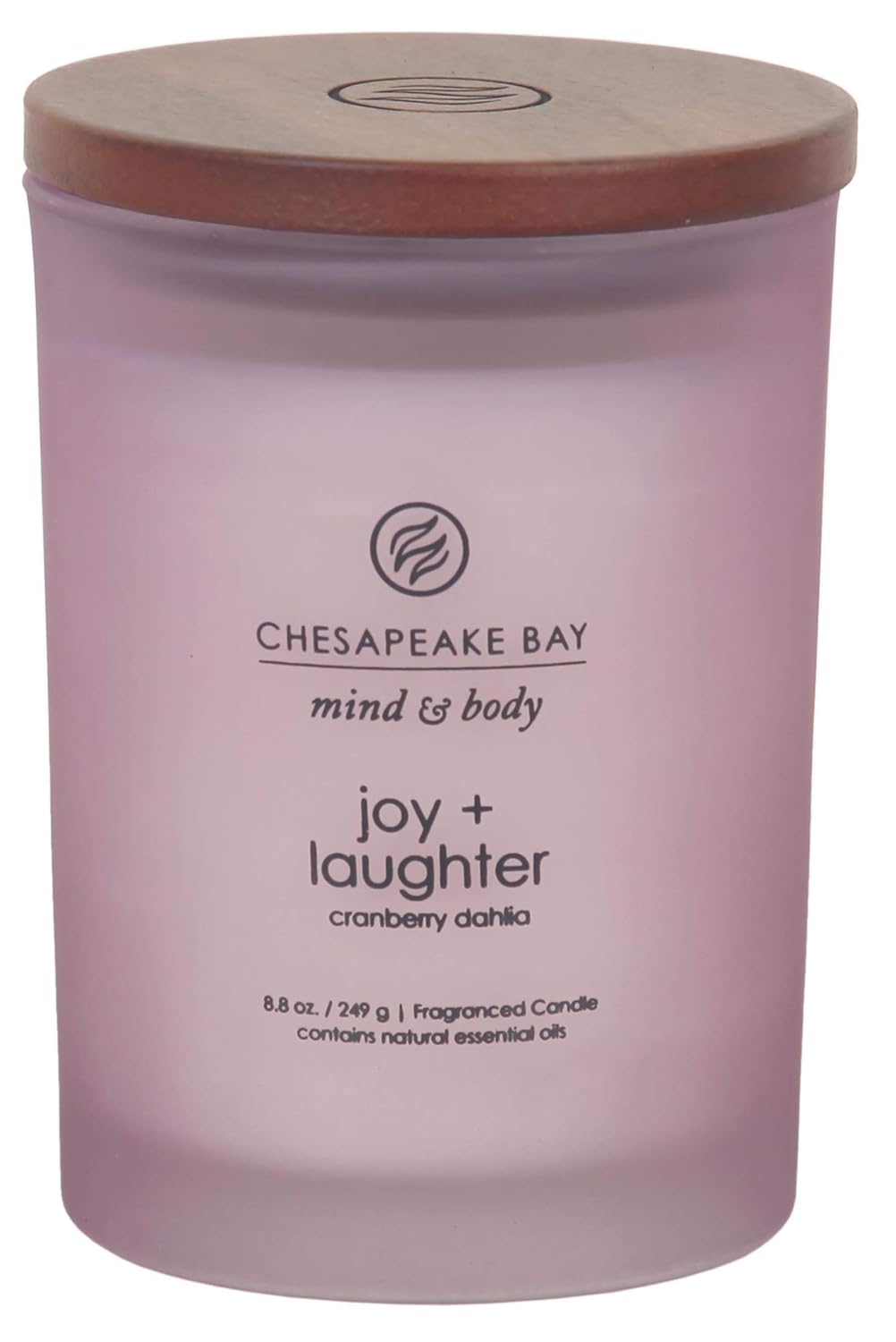
Did you know cranberries bounce if you drop them? Or that they help support your memory function? Or that Native Americans were the first to cultivate cranberries and used them for food and dye? Or that cranberry balsamic vinegar is absolutely delicious and you should be using it on all your salads?
These are the kind of trivia tidbits you’ll pick up on Wisconsin’s Cranberry Highway (it’s a thing!), a 50-mile drive across Wisconsin’s cranberry region. It’s here tourists can visit various farms and jump in a bog during the harvest, which runs from September to October. Chances are, the cranberries you’ll eat this season came from Wisconsin, where more than 60 percent of U.S. cranberries are now harvested. Though Revolutionary War veteran Henry Hall first cultivated cranberries in Massachusetts in the early 1800s, wild cranberries are native to the marshlands of central Wisconsin and growers there have been harvesting vaccinium macrocarpon (the cranberry’s scientific name) for commercial use for over 150 years.

uscranberries.com
Cranberries flower in late June and early July, but if you want to see the bright red cranberries at the top of water-filled marshes like in the Ocean Spray commercials, you have to visit in the fall. Cranberries don’t actually grow in water-filled bogs but on low-lying vines. The night before they’re harvested, the marshes are flooded with up to 18 inches of water. Thanks to the pockets of air in each cranberry, they float to the surface.
Cranberries are gathered through a process called wet harvesting. Water reels, nicknamed “egg beaters,” churn the water and loosens the berries from their vines. During this process, the cranberries float to the surface of the water. They’re then corralled, loaded into trucks, and sent to processing plants.
Chesapeake Bay Cranberry-Scented Candle, $11.99 on Amazon
Have the entire house smelling like fresh cranberry with this scented candle!
In the case of many small farms in Wisconsin, some owned by the same families for generations, the cranberries are taken to Ocean Spray, which is actually an owner-collective. Launched in 1930 with only three passionate, independent cranberry growers back then, Ocean Spray now boasts over 700 grower families as members. The collective allows farms of different sizes to thrive, and allows cranberry addicts to get their fix year-round.

We can also credit Ocean Spray with figuring out what to do with all those damaged berries from the harvesting process. In 1941, cranberry jelly made its appearance nationwide and has never left the traditional Thanksgiving and Christmas table ever since. But if you just can’t. do. cranberry. sauce. again. after having it at your mom’s Thanksgiving, and that Friendsgiving that followed the day after, remember you can always toss a few of these stunners in a tall glass of something bubbly during the holidays and you’ve got instant holiday decor in the form of a cocktail.
Related Video: How to Make Cranberry Sangria Punch
All featured products are curated independently by our editors. When you buy something through our retail links, we may receive a commission. For more great hand-picked products, check out the Chowhound Shop.
from Food News – Chowhound https://ift.tt/2AQbcaN
via IFTTT


No comments:
Post a Comment